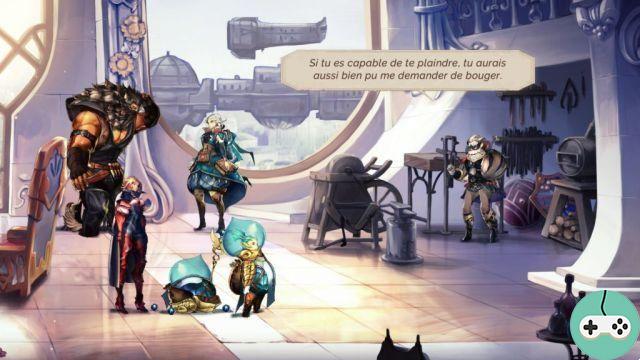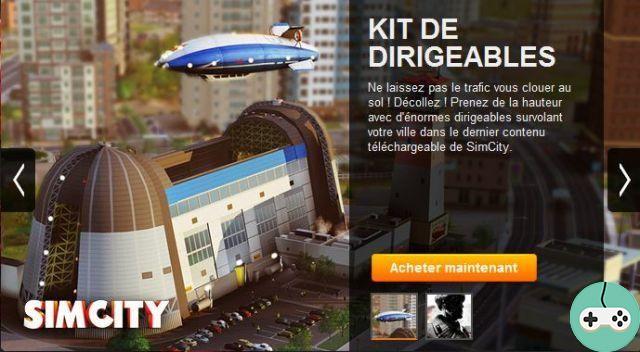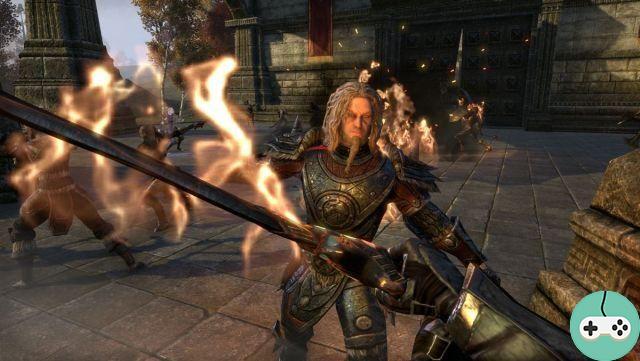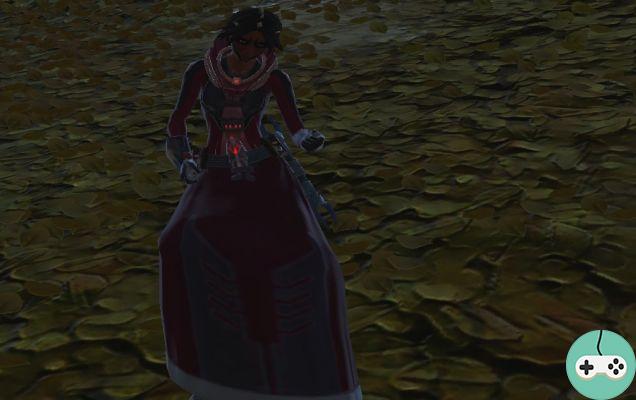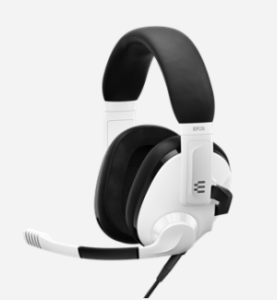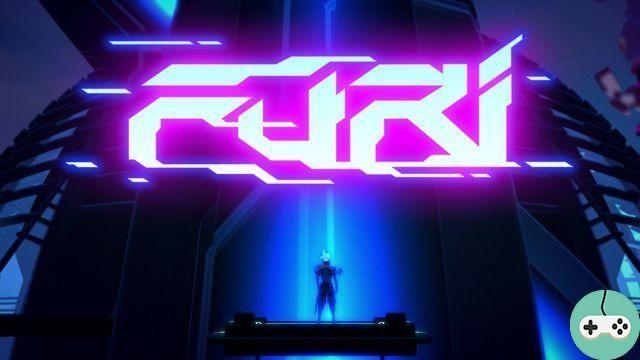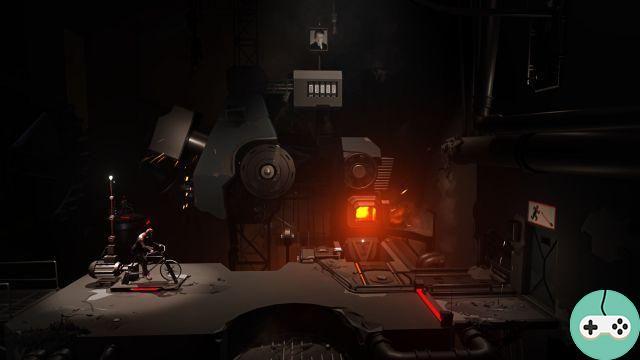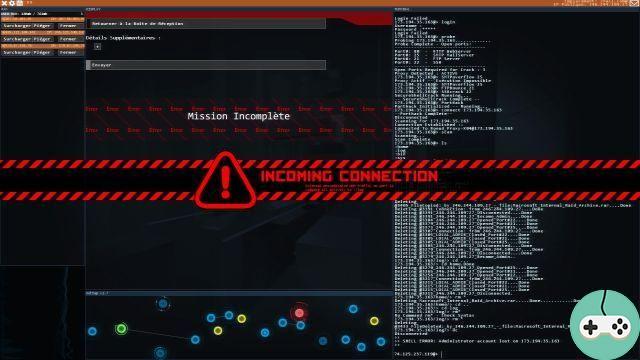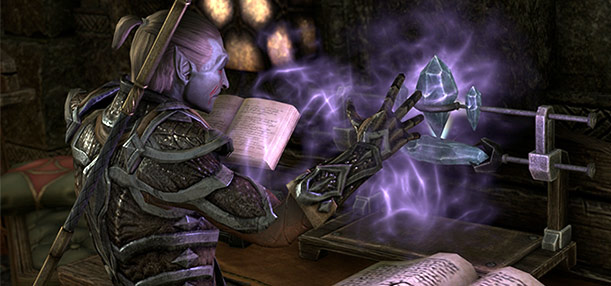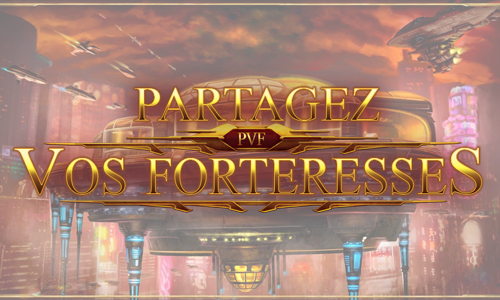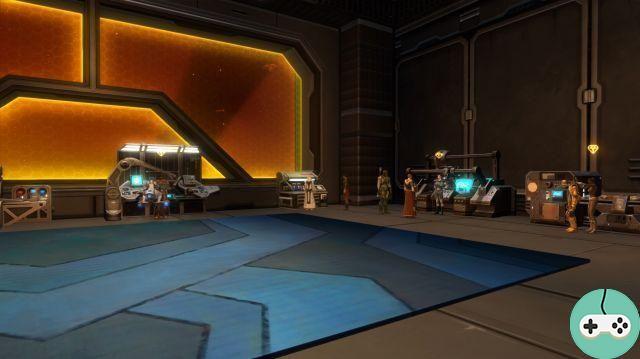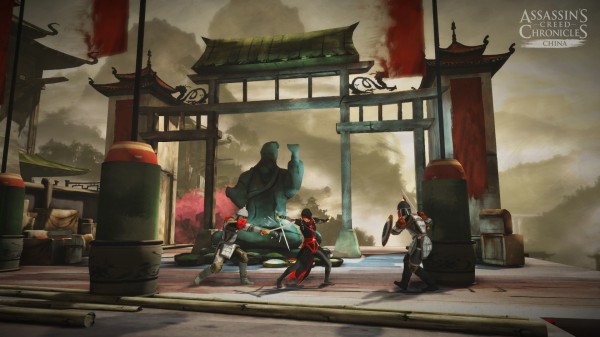Announced in 2017 in the Kickstarter campaign, released in early access on June 6, 2019 (the 75th anniversary of D-Day) then officially released on July 27, 2021 on PC (and in October on next-gen), Hell Let Loose is a multiplayer FPS that offers a realistic and strategic military experience in the world of the Second World War. The game is developed by Black Matter, an Australian independent studio, and published by Team17 (Worms and Overcooked, among others).
The games take place in the theaters of WWII operations, opposing the Allies and the Axis (for the moment the United States, Germany, and the Soviet Union, on maps… French) in 50v50. Two game modes are present: the mode Offensive, in which one team attacks strong points one by one and the other team must defend them (similar to the Rush on BF mode), and the Fighting, in which the two teams compete to control as many sectors as possible on the map:

The campaign manual contains all the useful information about the content of the game
The game currently contains 11 European maps, from Carentan to Stalingrad, which are relatively large and realistic, designed using satellite imagery, archival aerial photography, some even at 1:1 scale. In terms of graphics, the game, developed with the Unreal Engine 4, offers clean, quality visuals that correspond to the realism of the game and the historical fidelity sought, with colorimetry also without extravagance.
 Quite dull and cold colors, faithful and detailed weapons.
Quite dull and cold colors, faithful and detailed weapons.
 It is possible to activate some hints.
It is possible to activate some hints.
The gameplay is quite classic for an FPS and remains fun and intuitive because it's not too simulation-oriented; movements are simple and there are not hundreds of commands to configure and master. The weapons have their particular feeling and are different from each other, and the shooting sensations are good, especially thanks to the sounds. Indeed, the sound design of the game is immersive and brings out the firepower of the weapons and the action on the battlefield. This impression of both power and vulnerability is reinforced by a relatively low TTK which underlines the punitive aspect of the game, each weapon being able to kill in a single or a few bullets. Namely, friendly fire (TK) is present. The interface recalls the fact that the game is not a kill race: no marker above the enemies, no hitmarker, no killfeed, no K/D ratio in the scoreboard. The HUD is sober, and can even be completely hidden:

Only visible element, the compass at the bottom, and the icons of the allies (configurable).
We also (and fortunately) have a map, similar to a staff map, so very detailed. The front line is dynamic and evolves in real time:

The map includes all the elements of the environment, and shows the controlled sectors.
Given the size of the maps, the few spawn points, and the slow speed of movement, getting to a specific point on foot can be really long and repetitive; the action being concentrated on one or a few points, the rest of the sectors are then quite “empty”. The gameplay therefore requires some patience because it also includes these slow phases of walking or driving, and can even be frustrating: death in a bullet, 40-second delay before reappearing, spawnkill, etc. It is therefore not uncommon to die without knowing how, and there is obviously no killcam. A ball received leads in the best case to an injury that can be treated. Otherwise, we find ourselves “grounded”, with the possibility of being revived. Finally, in the worst case, a headshot or an explosion causes immediate death. To reappear, several possibilities, each with its own cooldown: the headquarters, common to the whole team, the furthest back on the map (CD of 10 seconds), an outpost, a point placed by a player and which does not benefit only to his squad (20-second CD), a garrison, built using a Support and available for the whole team as well (40 second CD), etc.
Each team (maximum 50 players) is made up of one Commandant and several units, or squads, each led by a Squad leader. The roles are limited so that not all players take the same one. It is possible to join a squad, or to create one, by automatically becoming its leader.
 Barracks with role customization.
Barracks with role customization.
 The three types of Unit, and the different associated roles.
The three types of Unit, and the different associated roles.
Each role has its own level of XP, its equipment, and is customizable independently: weapons, helmet, uniform, face (some skins are present in DLCs, free or paid). The uniforms and weapons are of course respective to the different nations. The diversity of these roles, their fidelity and their respective usefulness are one of the real strengths of the game, favoring this strategic aspect. But all this would be of little use if the game was a banal 50v50 where everyone plays in their corner.
In Hell Let Loose, communication is key as teamwork and coordination are required to complete an entire operation. In theory, orders are supposed to follow the hierarchy: Commandant > Squad Leaders > Squad Members. Different communication channels are therefore available in the game: a text chat, a proximity voice channel allowing you to communicate with anyone in a close radius, a "radio" to communicate with your squad, and finally a special channel reserved for different Leaders and Commandant. All this obviously depends on the community and the players, depending on the server, the time of day… But the RP is quite present in the game, the community seems mature, and everyone has every interest in doing their part. Some servers are fortunately 100% French, which will facilitate exchanges. Unfortunately, this quasi-permanent communication can also sometimes lead to a large amount of information in real time, inconsistencies between the text chat and the voice orders received, inaudible audio channels, disagreeing players... Finally, it is also possible for everyone to mark a location or item in their line of sight.

Location marked in red, allies in blue, squad in green.
Depending on the maps, certain units and certain roles will still be more advantageous and therefore privileged. Similarly, some roles will also not appeal to everyone because they are less focused on action but more on teamplay, in particular the roles of observers (which moreover have no interest without communication). The armored have their own gameplay and even their own HUD and are quite devastating (just like artillery) but their use is limited. To balance their power, they are slow, unwieldy, some vehicles even require manual gear shifting, they offer reduced visibility, and again require good crew coordination.

Armor is fortunately limited on the map.
The ballistics being also realistic, to destroy an armored vehicle it will be necessary for example to choose the right angle of fire to avoid a ricochet, to choose the side least protected by the armor, etc. Without all the information mentioned so far, the first games will seem all the more complicated for players new to the game, with the risk of finding themselves lost. It is therefore recommended to be well informed about the basics of the game, already before buying it, because it will not necessarily appeal to a very large audience. Then, with experience, the games become more and more intense and pleasant, especially when playing with others. Positive point, even if the playable cards are not very numerous for the moment, each one has a hundred different configurations with regard to the strong points to be captured, part of randomness which greatly increases the replayability of the game. Finally , the game is quite well optimized and does not require a very large config, but depending on the processor some freezes may occur given the amount of information and the size of the maps (the minimum config announced being an i5-6600/Ryzen 3 1300X ).

Explosions and smoke look particularly good.
Hell Let Loose is therefore a military semi-simulation based on the Second World War which offers a real alternative experience to the more popular games, standing out for its historical fidelity, its realism, and its strategic dimension where communication and the work of team are essential. The game offers truly original tactical possibilities which also make it complex, unlike the gameplay which is rather traditional (but no less fun). The immersion is good thanks to the quality graphics and the soundtrack, intense in full action. This FPS remains widely accessible, but is still a minimum demanding, punitive, and requires patience. Depending on the community, the servers (quite numerous) indicate their own rules, and the game even includes the possibility of officially renting your own server. Updates are regular: a lot of content has been added since early access and the game's release (maps, weapons, vehicles…), the developers listening to the players, especially with regard to balancing. As for future additions, they said they want to add Pacific Operations, among others, as well as take advantage of Unreal Engine 5 when it becomes available. We can also hope to see new nations added later (Spanish having participated in this war…), the British being already planned for this year according to the official Twitter of the game (@hell_let_loose).
- Steam (Test done on PC)
- PlayStation
- Xbox






